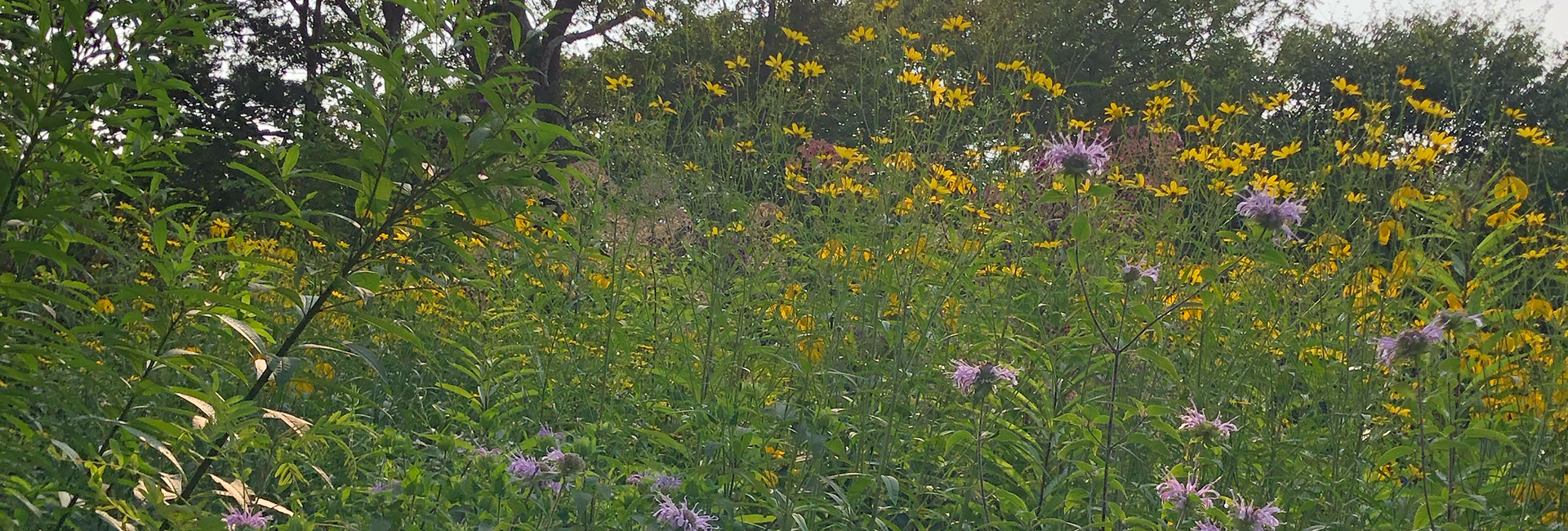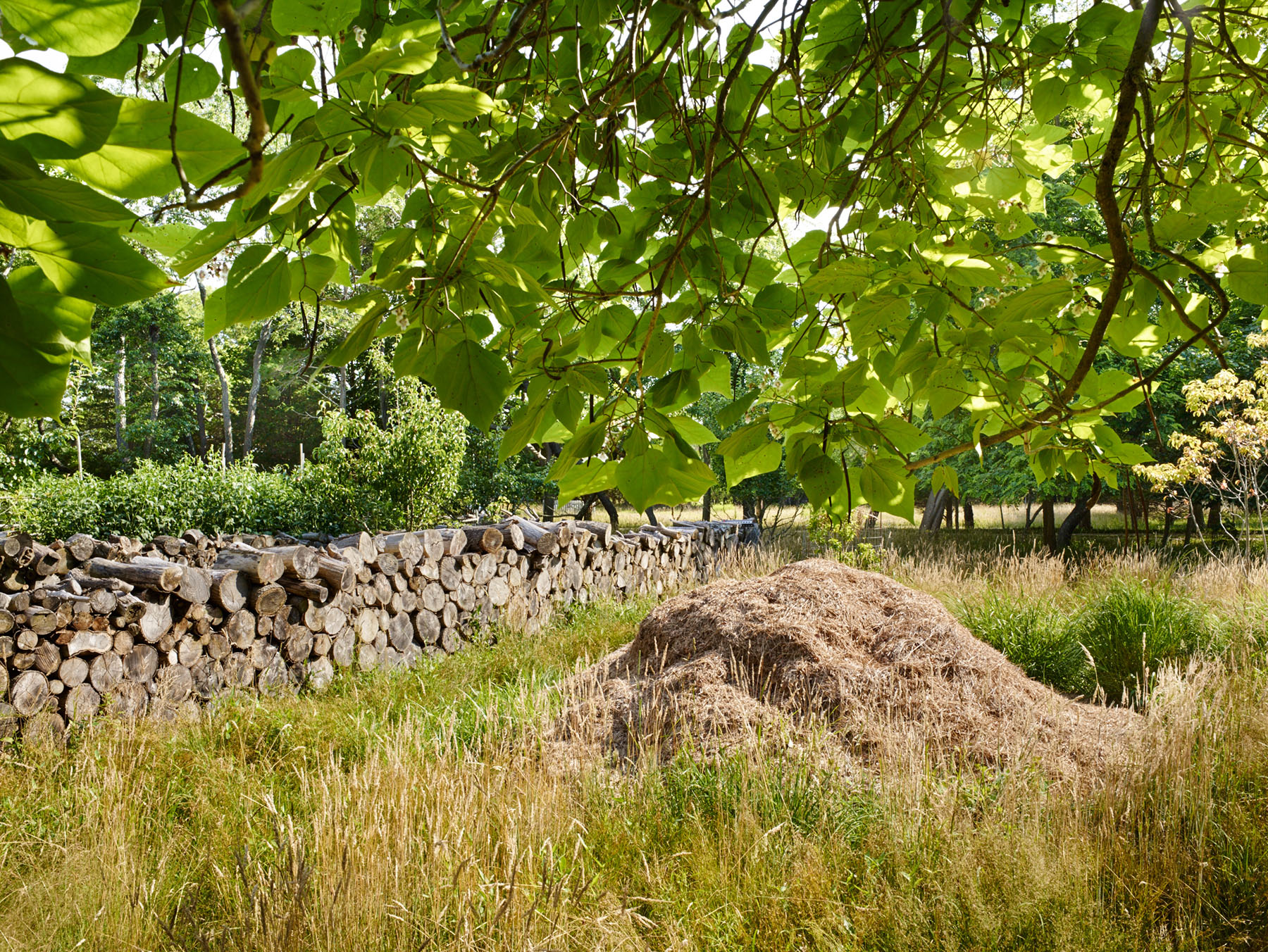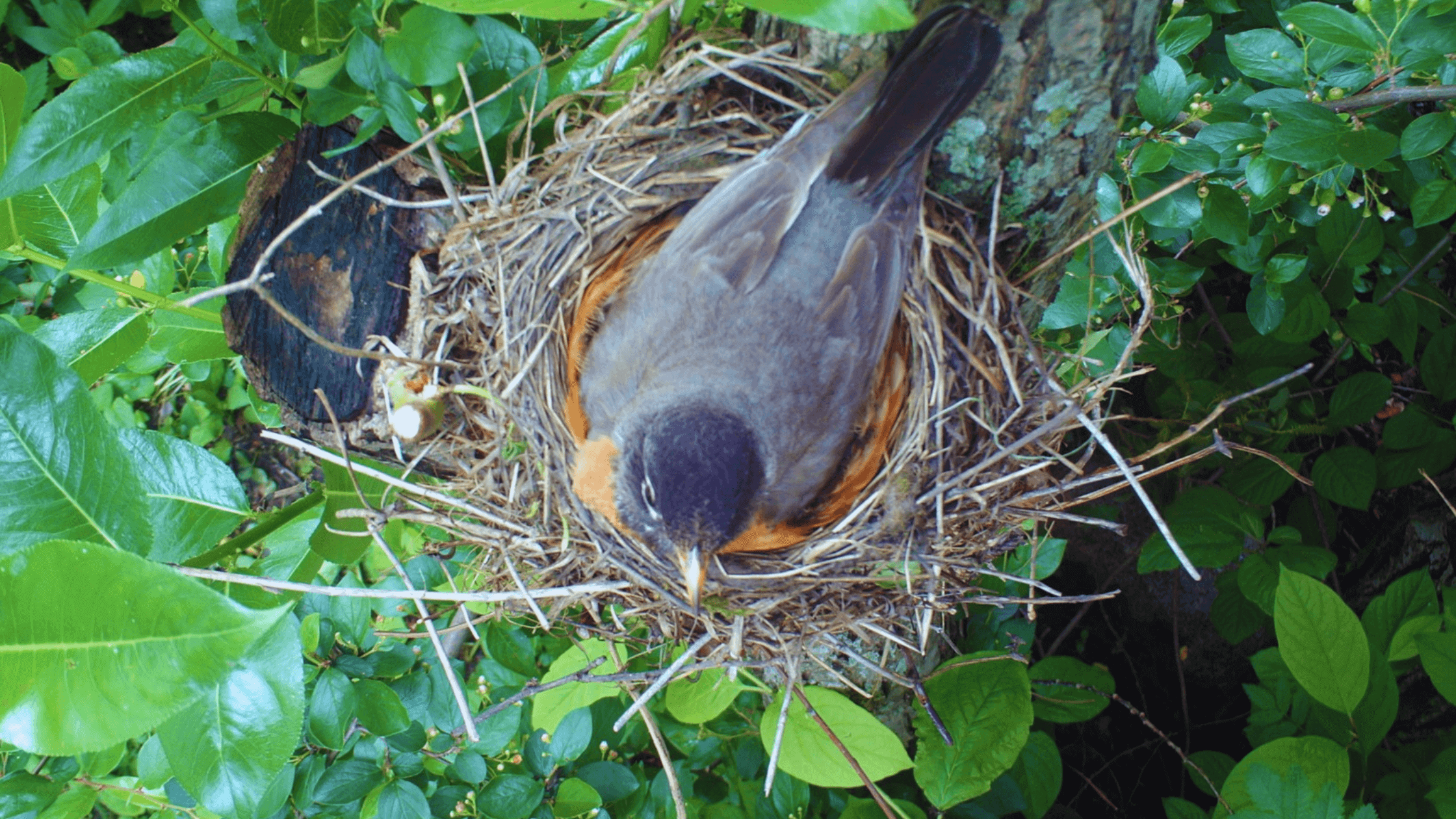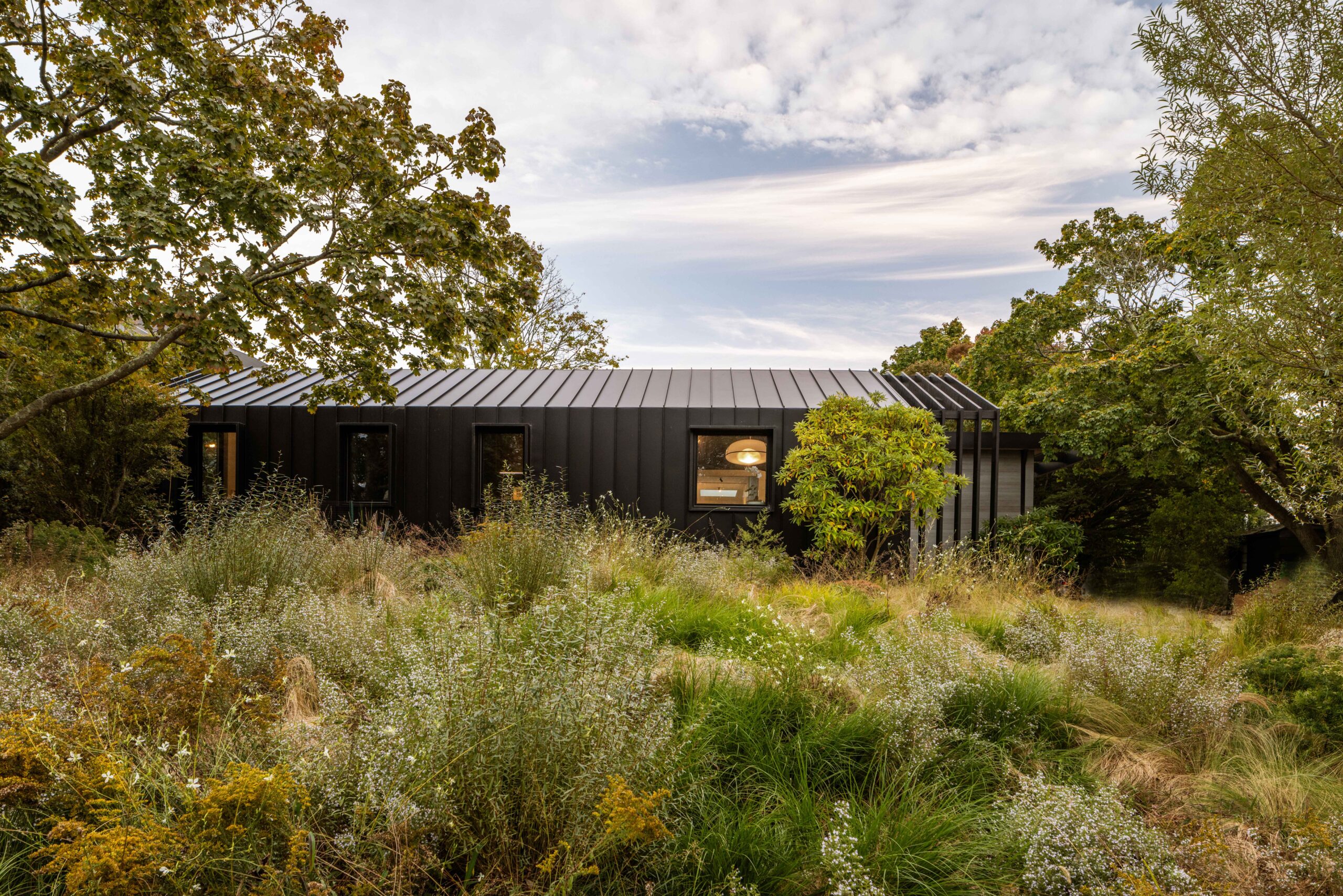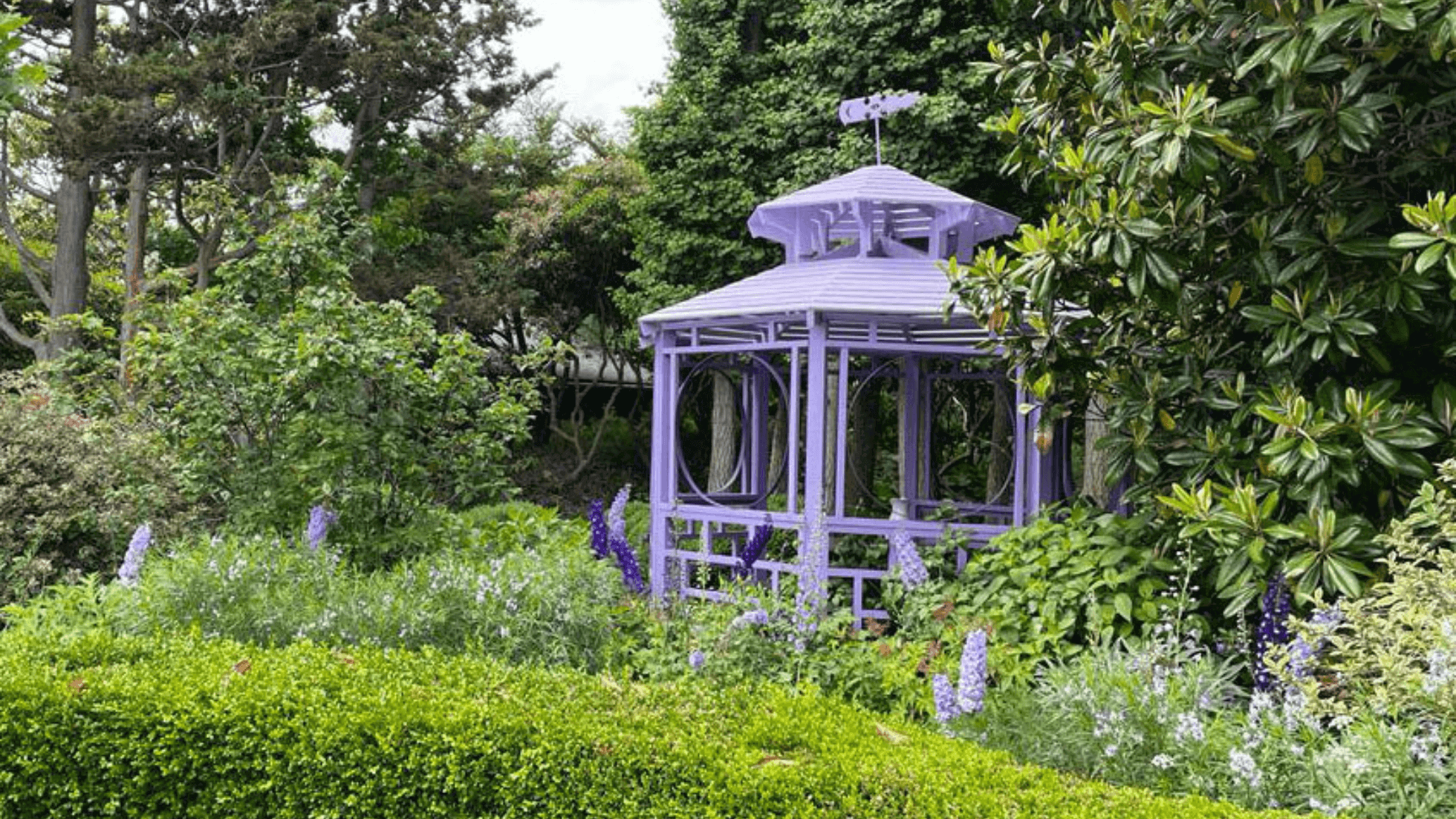
“All gardens are a form of autobiography,” writes Robert Dash, the late creator of the magical Madoo, a garden in Sagaponack, NY, (Notes from Madoo, Houghton Mifflin Harcourt, 2000). The painter and poet wove an intricate story of art, exploration, and a reverence for the natural world when he created the two-acre garden more than 50 years ago. It features paths designed for “loitering”; structures painted in a panoply of colors: a lavender gazebo, sunny yellow arch, and robin’s egg blue bench; and a plant palette that spans the globe, including many native varieties. “Whenever possible, suitable native plant material is used—,” writes Dash, “plants that are garden-worthy and have decent manners, that is.”
For the past 14 years, Madoo Conservancy director Alejandro Saralegui has been the garden’s passionate steward. Dash was explicit that he didn’t want to “fix this garden in amber,” as he put it. “It must remain relevant.” Saralegui has been honoring his wishes, keeping alive Dash’s spirit of artistry and experimentation. “The garden is heavily planted and that sometimes calls for change,” Saralegui says. “It’s a remarkable legacy; we want to preserve and enhance it.”
Yet, one thing remains constant at Madoo: A deep commitment to organic gardening. “Madoo uses no sprays,” Dash wrote decades ago. It still doesn’t. In addition to being chemical-free, Saralegui follows an organic approach to care. “We allow plants to grow naturally, aside from the topiary, rake leaves into garden beds where they’ll decompose over time, and embrace native plants,” he says. He especially loves the garden’s mature, native trees, such as the fruiting pawpaw, or as Saralegui jokingly calls it, “the new cool Brooklyn kid tree,” or the stately Franklinia (“my pride and joy”), a rare bloomer that’s extinct in the wild but still grows in cultivation thanks to William Bartram, who saved its seeds hundreds of years ago. There is also an array of native grasses, Joe Pye weed, goldenrod, and spring-blooming Camassia, to name just a few native stalwarts that flourish in the landscape. Saralegui makes sure to leave the seed heads through the winter for wildlife. He also re-uses as much material as possible. The garden recently saved the original brick, for example, when they redesigned the rill, using it to line both sides of the new water feature. “We hope people go home, look at their gardens, and be inspired by what they’ve seen at Madoo,” says Saralegui. “And then bring a little magic to their own gardens.”
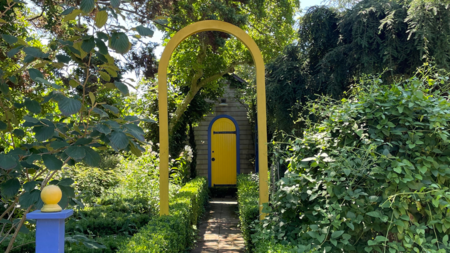
“Organic formality” is how Saralegui describes the look at Madoo. “Strong bones keep the garden from looking like a hippy hangout,” he says. “The painted hardscape also brightens the all green landscape.” But as Robert Dash used to remind people, ‘green is a color, too.” Photos by Alejandro Saralegui.
